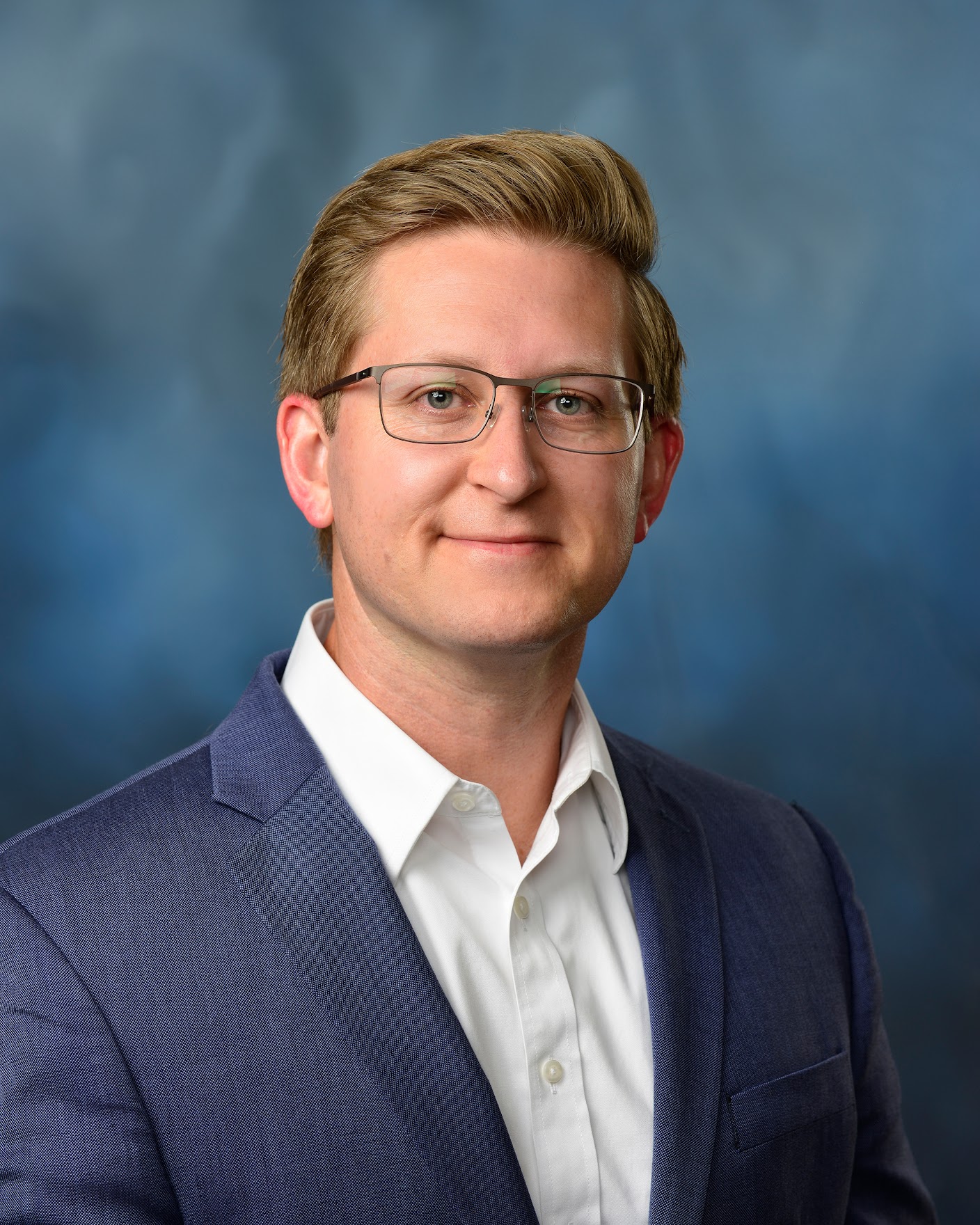About the Seminar
Sensors based on electrochemical (EC) readout offer low cost, miniaturization, and adaptability to the point-of-care (POC). Nonetheless, most EC sensors are specialized to a particular target, and there remains a need for a robust EC biosensor platform for the multitude of biomarkers that are not EC-active, do not undergo enzymatic conversion, or are not suited for potentiometry [1,2]. While aptamer-based EC sensors have been proven for sensing in living animals with temporal resolution of a few seconds [3], most method development has been target-focused, lacking generalizability [4]. Presently, the clinical EC toolbox is a conglomerate of targeted methods, and there is a pressing need to develop a single EC platform amenable to rapid, generalizable, quantitative readout of multiple classes of clinically relevant targets.
A direct, generalized EC sensing approach with minimal added reagents or amplification steps is preferred [5,6]. Our group has been working to address this need and expand to more analyte classes for several years, and in 2019 we designed a versatile DNA-nanostructure architecture attached to gold electrode surfaces [6]. Initially, our sensors were validated with biotechnology controls, antibodies, and with a small molecule immunomodulatory drug in human serum. In this lecture, I will discuss our efforts to expand the generalizability of our sensor platform, chiefly through custom synthesis of varied DNA-analyte bioconjugates to incorporate within the DNA-nanostructure, specifically DNA-peptide and DNA-small molecule conjugates. Using the same DNA nano-architecture, sensors have been validated in 98% human serum for a variety of targets, several encompassing the human clinical range—a peptide drug (exendin-4) [7], a larger protein (creatine kinase), and smaller molecules or steroid hormones (testosterone, estradiol, progesterone, cortisol). Overall, this new DNA nanostructure platform provides a generalizable sensor with minimal workflow, direct-readout, and the capability to expand EC sensing to a wide variety of clinically important analytes.
Lastly, I will discuss several advancements we have made on automating microfluidic flow control, leveraging digital circuit analogies to develop on-chip pneumatic circuits [8,9]. Integrated, pneumatic microfluidic valves have provided many powerful capabilities, giving users exquisite fluid control at the nanoliter and picoliter scales—including in EC sensors systems. However, control of these valves requires multiple, computer switchable pressure or vacuum lines, limiting accessibility to those with expertise or expensive control systems. I will discuss two advancements we have made with devices fabricated by resin-based 3D printers: 1) 3D printing of pneumatic circuits and oscillators with inexpensive equipment, and 2) the use of smartphone audio and video analysis to study these circuits. The automated oscillators are tunable from 0.5 to 100 Hz and can pump solution on microdevices with only a single vacuum input line.
References:
- Turner, A. P., Chemical Society Reviews 2013, 42, 3184-96.
- Wilson, G. S.; Johnson, M. A., Reviews 2008, 108, 2462-81.
- Idili, A.; Gerson, J.; Kippin, T.; Plaxco, K. W., Chem. 2021, 93, 4023-32.
- Labib, M.; Sargent, E. H.; Kelley, S. O., Reviews 2016, 116, 9001-90.
- Das, J.; Gomis, S.; Chen, J. B.; Yousefi, H.; Ahmed, S.; Mahmud, A.; Zhou, W.; Sargent, E. H.; Kelley, S. O., Nature Chem. 2021, 13, 428-434.
- Somasundaram, S.; Easley, C. J., Am. Chem. Soc. 2019, 141, 11721-11726.
- Khuda, N; Somasundaram, S.; Easley, C. J., ACS Sensors 2022, 7, 784-789.
- Grover, W. H.; Ivester, R. H. C.; Jensen, E. C.; Mathies, R. A., Lab Chip 2006, 6, 623-631.
- Duncan, P. N.; Nguyen, T. V.; Hui, E. E., Natl. Acad. Sci. USA 2013, 110, 18104-18109.
About the Speaker
Christopher J. Easley is currently the C. Harry Knowles Professor and Graduate Program Officer (GPO) of Chemistry and Biochemistry at Auburn University. He received his B.S. degree in chemistry at Mississippi State University in 2002, where he did undergraduate research with Prof. Charles S. Henry (now at Colorado State U.). He earned his Ph.D. in bioanalytical chemistry from the University of Virginia in 2006, with training from Prof. James P. Landers. His postdoctoral training was provided by Prof. David W. Piston at the Vanderbilt University Medical Center in the Department of Molecular Physiology and Biophysics, from 2006-2008. He began his independent career at Auburn in 2008 and was promoted to full professor in 2018. Prof. Easley is currently an Associate Editor at Analytical Methods (2017-present, Royal Society of Chemistry) and a board member of the Boshell Diabetes and Metabolic Diseases Research Program at Auburn University. He is also a Scientific Advisor for Innamed, Inc., a consultant with Scitemex, and holds several U.S. patents based on biosensing and microfluidics. Recently, he was awarded the Mid-Career Achievement Award by the AES Electrophoresis Society (2019) and the COSAM Dean’s Research Award at Auburn (2020). In work funded mostly by the National Institutes of Health (NIH), his bioanalytical research laboratory develops droplet-based microfluidic methods to study dynamic function of small numbers of cells in intact, primary tissue (ex vivo) from mouse models of disease. To accommodate bioanalysis at the microscale, the team also develops DNA-driven assays for highly sensitive analyte quantification using both fluorescence and electrochemistry, work funded by both the NIH and National Science Foundation (NSF). Overall, the Easley laboratory has focused their customized analytical tools on real-world applications in clinical biosensing as well as on fundamental understanding of dynamic function of adipose tissue, which is of paramount importance in diabetes, obesity, and metabolic syndrome. Since 2008, Prof. Easley has directly mentored 5 postdocs, 24 graduate students, and 34 undergraduate students through his research program.



